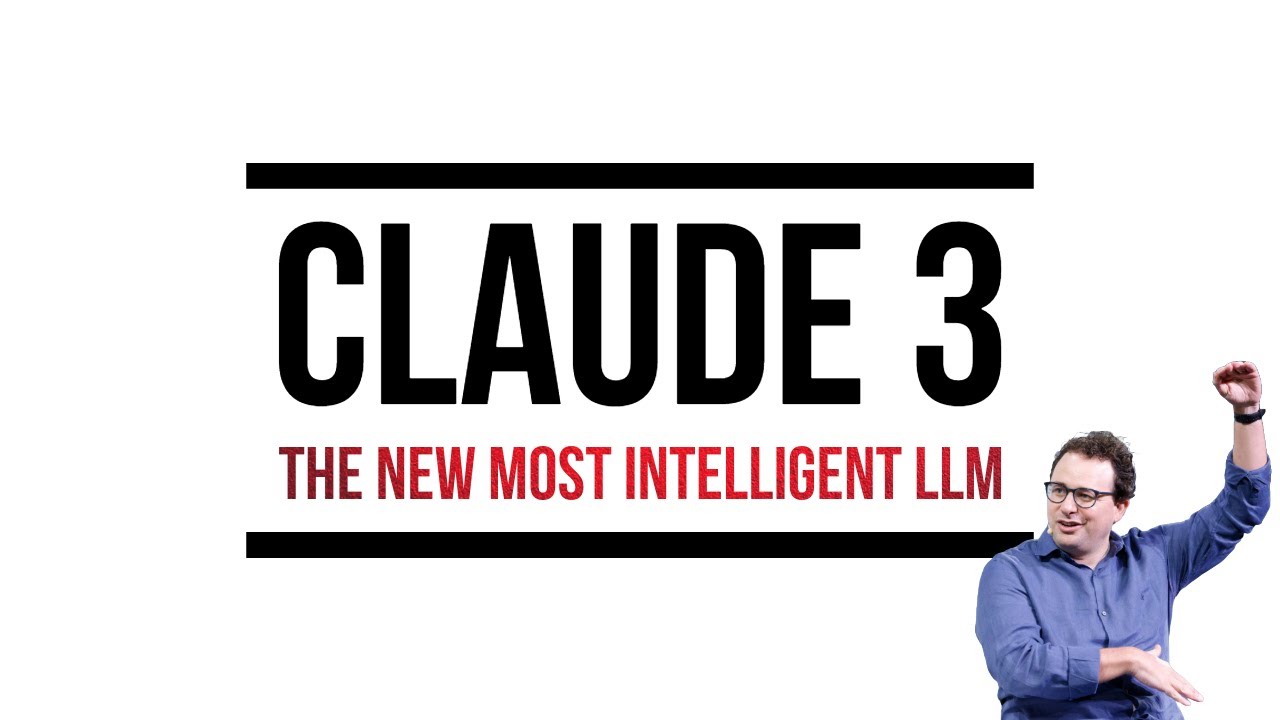Claude 3 is a new, high-performing language model by Anthropic that excels in optical character recognition, image understanding, and advanced reasoning tasks. Positioned as a valuable tool for businesses with strong ethical considerations, Claude 3 outperforms competitors in tasks like mathematics and graduate-level question answering, making it a notable contender in the AI landscape.
Claude 3 is a new language model that is being touted as the most intelligent on the market by Anthropic. The model has been tested against Gemini 1.5 and GPT-4, showing strengths in optical character recognition and image understanding. Claude 3 performed well in tasks like identifying license plate numbers and recognizing objects in images. It showed promise in certain areas, such as identifying a barber pole accurately, but also had limitations like struggles with complex mathematical reasoning.
Anthropic aims to position Claude 3 as a valuable tool for businesses, offering capabilities for revenue generation through user-facing applications, financial forecasting, and research acceleration. The model is priced higher than GPT-4 Turbo, emphasizing its potential for task automation, R&D strategy, and advanced analysis. Claude 3 is expected to cater to enterprise use cases and large-scale deployments, showcasing enhanced competitive capabilities, including its planning and instruction following prowess.
An important aspect highlighted by Anthropic is Claude 3’s ethical considerations, focusing on avoiding sexist, racist, and toxic outputs, as well as preventing engagement in illegal or unethical activities. The model has shown lower false refusal rates and has been difficult to jailbreak for unethical requests, demonstrating a commitment to responsible AI development. However, there were instances where Claude 3 exhibited biases in responses related to racial identity, indicating ongoing challenges in addressing such issues.
When compared to GPT-4 and Gemini models on various benchmarks, Claude 3 Opus was found to outperform the competition in tasks such as graduate-level question answering and mathematics. It showcased notable accuracy and capabilities in challenging domains, achieving higher scores in advanced reasoning tasks. Despite some basic mistakes and improvements needed, Claude 3’s performance on difficult questions like those in the GP QA Diamond set was particularly impressive.
Overall, Claude 3 Opus stands out as a promising language model with advanced capabilities and potential for various business applications. Its strengths in image understanding, thorough ethical considerations, and competitive performance on benchmarks make it a significant player in the AI landscape. Despite ongoing advancements in AI technology, Claude 3’s intelligence and capabilities position it as a noteworthy contender in the field, catering to diverse use cases and setting the stage for further developments in the future.
